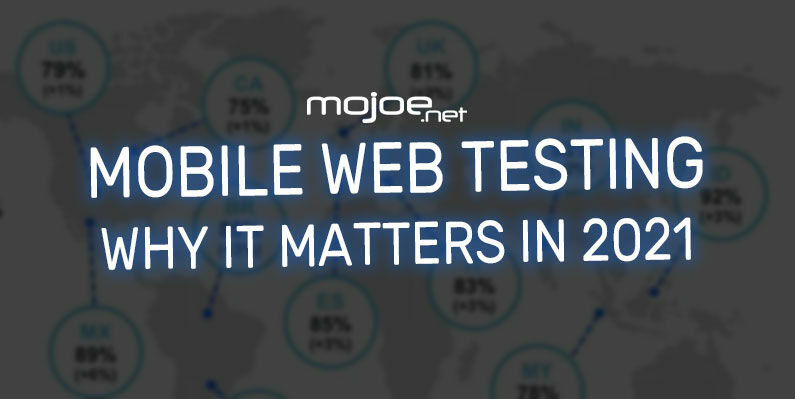Things have changed quite a bit over the last decade when we just started exploring what we could do on a tiny, shiny mobile screen. These days, with mobile traffic accounting for
over 50% of web traffic, it’s fair to assume that the very first encounter of your prospective customers with your brand will happen on a mobile device.
Depending on the nature of your product, the share of your mobile traffic will vary significantly, but you will certainly have
some mobile traffic — and being prepared for it can make or break the deal. This requires your website or application to be
heavily optimized for mobile. This optimization is quite complex in nature though. Obviously, our experiences will be responsive — and we’ve learned how to do so well over the years — but it also has to be accessible and fast.
This goes way beyond basic optimizations such as color contrast and server response times. In the fragmented mobile landscape, our experiences have to be adjusted for
low data mode,
low memory, battery and CPU,
reduced motion,
dark and light mode and so many other conditions.
Leaving these conditions out of the equation means
abandoning prospective customers for good, and so we seek compromises to deliver a great experience within tight deadlines. And to ensure the quality of a product, we always need to test — on a number of devices, and in a number of conditions.
State Of Mobile 2021
While many of us, designers and developers, are likely to have a relatively new mobile phone in our pockets, a vast majority of our customers isn’t quite like us. That might come a little bit unexpected. After all, when we look at our analytics, we will hardly find any customers browsing our sites or apps with a
mid-range device on a flaky 3G connection.
The gotcha here is that, if your mobile experience isn’t optimized for various devices and network conditions, these customers will never appear in your analytics — just because your website or app will be barely usable on their devices, and so they are unlikely to return.
In the US and the UK,
Comscore’s Global State of Mobile 2020 report discovered in August 2020, that mobile usage accounted to 79% and 81% of total digital minutes respectively. Also, there was a 65% increase in video consumption on mobile devices in 2020. While a vast majority of the time is spent in just a few mobile apps, social media platforms provide a gateway to the web and your services — especially in education.
On the other hand, while devices do get better over time in terms of their capabilities and battery life, older devices don’t really get abandoned or disappear into the void. It’s not uncommon to see customers using devices that are 5-6 years old as these devices often
get passed through the generations, serving as slightly older but “good enough” devices for simple, day-to-day tasks. In fact, an average consumer
upgrades their phone every 2 years, and in the US
phone replacement cycle is 33 months.
Globally in 2020,
84.8% of all shipped mobile phones are Android devices, according to the International Data Corporation (
IDC). Average bestselling phones around the world cost just under $200. A representative device, then, is an Android device that is
at least 24 months old, costing $200 or less, running on slow 3G, 400ms RTT and 400kbps transfer, just to be slightly more pessimistic.
This might be very different for your company, of course, but that’s a close enough approximation of a majority of customers out there. In fact, it might be a good idea to look into current
Amazon Best Sellers for your target market.
Article Provided By
Smashing Magazine
If you would like to discuss
Your Logo with
Mojoe.net or your website’s analytics, custom logo designs, social media, website, web application, need custom programming, or IT consultant, please do not hesitate to call us at 864-859-9848 or you can email us at
dwerne@mojoe.net.



Recent Comments